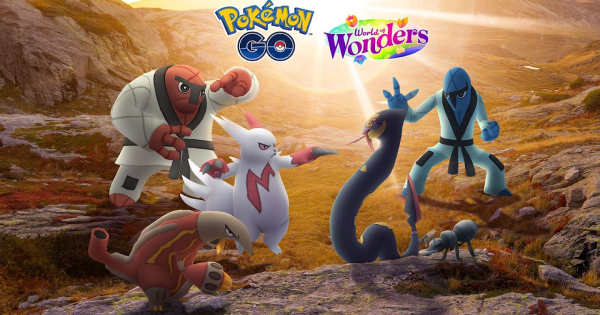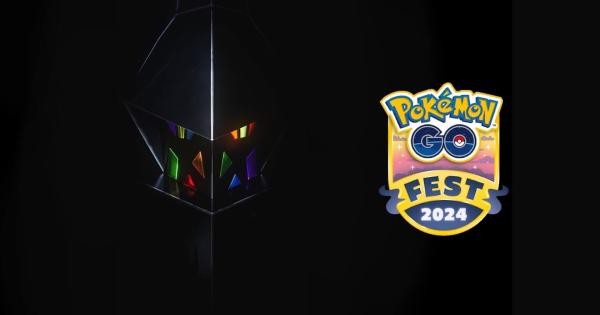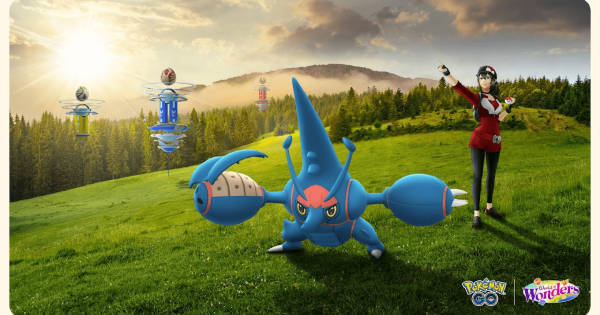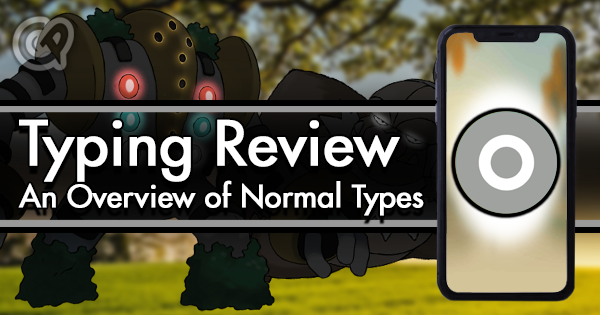By the way, if you want the relevant data, here they are (to 2 significant decimal places):
Pokemon CP / Pokemon / Rate of Motivation Decay (%/hr)
3359 / Dragonite / 10.00
3005 / Blissey / 10.00
3856 / Blissey / 9.99
2588 / Snorlax / 10.00
2051 / Lapras / 6.73
1831 / Blissey / 5.18
1518 / Muk / 3.77
1349 / Steelix / 3.18
999 / Dunsparce / 1.73
785 / Chansey / 1.89
170 / Shuckle / 1.24
Rate Of Motivation Decay
Introduction
In the most recent update of Pokemon Go at the end of July, Niantic announced that this update (among other fixes):
“resolved a motivation decay bug impacting Pokémon with less than 3,000 CP”.
This statement has been much discussed and derided in these pages, but personally I have not seen any definition of what is rate the motivation decay or whether this is CP dependent (perhaps there has been an analysis somewhere on the Sliph Road, but I haven’t seen anything). This post aims to answer this question, at least partially.
Apologies to aSp (and others) for providing misleading information in a reply to a previous post, as I have found that the rate of motivation decay does vary with the Pokemon CP.
If you want to read the details please continue – though if you wish you can skip to the results section and the graph.
Methodology
On holiday with access to two very remote gyms with a low turnover (1.5 and 2.5 kms walk away) and having some spare time available, I have been taking one or both of these remote gyms every day for the past 10 days or so and placing defenders with varying levels of CP to measure the rate of decay of motivation.
As defenders, I started using the GamePress Gym Defenders Tier List, selecting only S+, S and A tier defenders (i.e. Blissey, Snorlax, Chansey, Lapras, Steelix and Muk), with appropriate CP values to, hopefully, provide some initial deterrence and obtain long time series of data. I then added:
- Dragonite (as a high CP data point – my highest CP mon);
- Shuckle (as a low CP data point – plus a bonus surprise for attackers with its number 1 high defence stat);
- Dunsparce (at around 1000 CP as a potential data breakpoint – finally found a use for this mon and it does have a surprising good stamina).
After placing a mon in a gym, I immediately fed it one berry to get it to maximum CP (which takes about 5 to 10 seconds). Then using the “go to gym” feature and selecting my mon in the gym as if I was going to feed it a berry, I periodically checked up on the CP status and took a screen shot of the mon, its CP (motivation) and its time in the gym (in hours and minutes). This feature provides a real-time update of both the time in the gym and the CP (motivation), which is the only way I have found of doing this and without which this analysis would not have been possible.
However, it should be noted that this method only gives time durations in the smallest units of 1 minute. To avoid possible impacts on the results due to this “minute quantisation”, I waited for the time in minutes to update plus about 7-8 seconds (to compensate for feeding the mon) before taking the screen shot. This allowed all time measurements to be acceptably close to full minutes.
It should also be noted that the CP (motivation) decreases in units of 1 or more at a time and that some time may expire between such decreases for low CP defenders, which can give rise to “CP quantisation” errors. Therefore, for mons with CP < 1500, I took the maximum value obtained for any mon from the series of data points in order to minimise this “CP quantisation” error; while for the others I took the longest available duration data as the best to average out all these quantisation effects.
There are three aspects that can affect the CP (motivation) of a defender:
1. Attack of the gym
If the defender in a gym is attacked, it will lose CP (motivation), which will invalidate the results. While waiting for the minute timer on the gym duration to set, I actually saw my Dunsparce die via the “go to gym” feature (surprisingly, he lasted 7 hours and 8 minutes). All CP are lost in a single go when the defender is defeated and not incrementally during the battle. I also had one of my Blisseys recording 2 wins in battle without any change in CP (most likely due to time-outs from the attacker).
Unfortunately, even for these remote gyms, my mons were often kicked-out prematurely to provide sufficiently long-term data for my analysis (particular thanks are due to trainer “KingNamHimself” for unknowingly contributing to this extension of my experiment :-).
Whenever it was obvious that a defender had been attacked, the data were discarded.
2. Berry feeding
Feeding berries to defenders increases the CP (motivation) and can invalidate the results. This can be done either by friendly team members (luckily, I am on the minority Instinct Team so this did not happen very often), or accidentally by myself when preparing a screen shot (this was easier to do than you might imagine – please be warned).
Conveniently, the “go to gym” feature shows the number of berries fed to a given defender. If this changed from 1, the data was discarded, but a new data sequence was started from the first screen shot after the increase in berry feeding.
3. Raids
During a Raid on a gym, the rate of loss of motivation of the gym defenders is significantly decreased. This is not a zero decrease for the duration of the Raid, but I haven’t sufficient data to calculate what it is – perhaps for a later analysis with more data (?).
Data before the start of any Raid and after the completion of any Raid have been used, but data encompassing the duration of any Raid have been discarded.
Finally, for all data sequences for any given mon, I calculated the loss of CP (motivation) per minute and then converted this to the percentage loss of the initial / actual CP of the given mon (hereinafter referred to a Pokemon CP) per hour to provide a more meaningful number.
Results
The rate of loss of CP (motivation) for any given mon is constant over time (confirmed for several different mons of different types with different CPs). For all mons for which sufficiently long duration data is available, the loss of CP (motivation) stops at 20% of the initial / actual CP (called Pokemon CP).It should be noted that it was not possible to confirm this for all mons (e.g. Shuckle did not survive the approximate 64 hours in a gym required to prove this). The rate of decay of CP (motivation) is constant at 10% CP per hour for all mons above 2588 CP – though it is postulated that this threshold is somewhere between 2200 and 2500 CP. Below a CP of 2588 (postulated to actually be between 2200 and 2500 CP), the rate of decay of CP (motivation) reduces according to an, as yet, unknown law / algorithm. Below a CP of 1000, the rate of loss of CP (motivation) appears to be relatively constant at less than 2% per hour (“relatively” to be understood as more data is required to confirm these results, though I am fairly confident in the Dunsparce and Chansey data).
The figure below shows the results graphically, with each data point identified by the pokemon used as the relevant defender.
Final Comments
I do not consider this to be a definitive analysis on the rate of loss of CP (motivation), though I have not seen anything else quantitative on this topic to date. I could continue this analysis on my own, but I do not have infinite time and I felt that my findings so far might be of interest to the wider community. Additionally, the aforementioned “KingNamHimself” has unknowingly aborted several of my attempts to acquire data for mons in the 2200-2500 CP range.
More data is required for mons both in the 2200-2500 CP range and below 1000 CP to allow a formula (algorithm) to be defined for rate of decay of CP (motivation). Contributions from any GamePress regulars to complete these data gaps are more than welcome.
Finally – is there any practical use to this ?
Given that any defender with a CP of less than 2500 is really not much of a challenge to defeat, you can happily power up any defender above this level as much as you like, taking into account that it has no specific disadvantage according to CP and considering how much you might want to annoy potential attackers in the first few hours (a higher CP defender above 2500 CP will always be a higher CP defender over time). However, given the lack of importance of gym defending in the current meta game, the importance (not rarity) of stardust these days and the likelihood of Niantic changing the rules in the future without notice, I do not believe that any of this analysis is of practical use – but hopefully it may be of interest to some of you.
My Blissey that I powered up to CP 3005 just before the gym revamp is no longer completely useless :-).
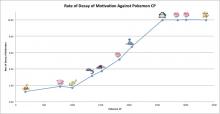
Answers
Very nice written. We definitely need more articles like this!
Another thing I'm interested is the feeding efficiency. How does the effect decrease when you feed the 1st to the 10th Berry in 30min? And how does the remote feeding contribute to the formula?
With these problems solved, we might be able to cook up something really useful, such as how to maintain your Pokémon efficiently.
Again thanks for the work.
I also believe that Niantic has implemented a constant rate of decay for all mons below a certain CP threshold (I guess about 1000 CP).
As described in my post, it is difficult to get good quality data for low CP mons and any contributions to help answer this point would be appreciated.
Also, I don't believe that there is a different rate of decay depending on species, though I have no firm evidence for this.


